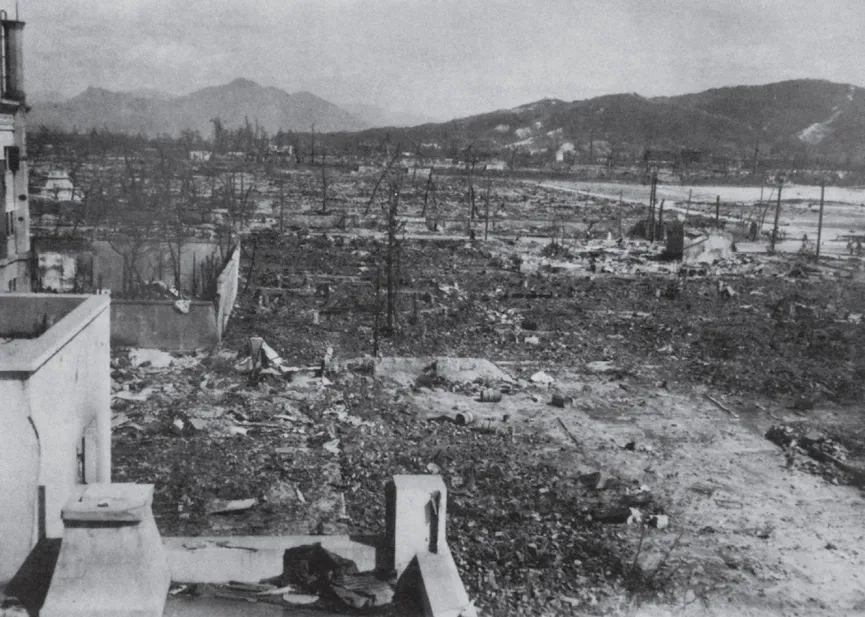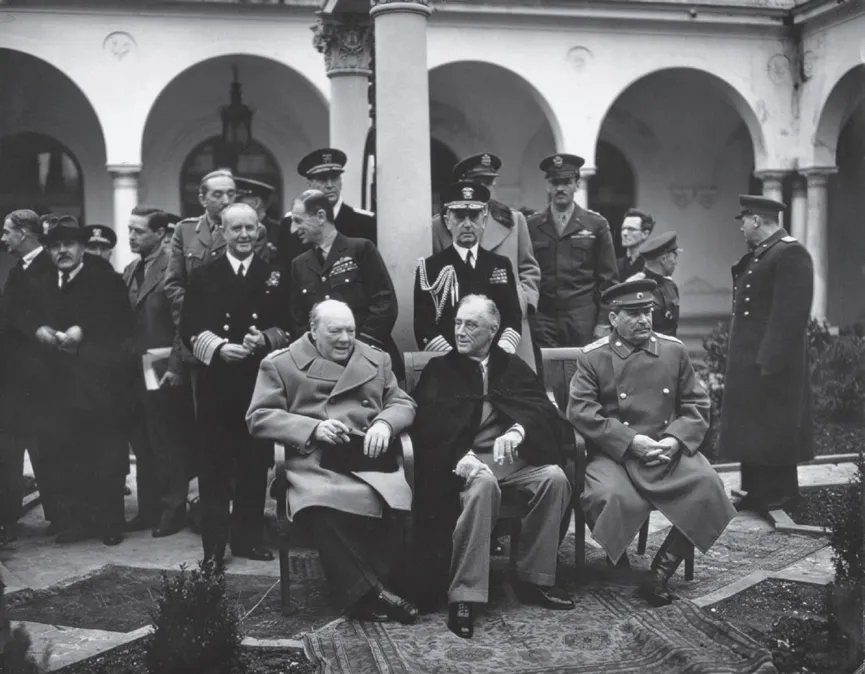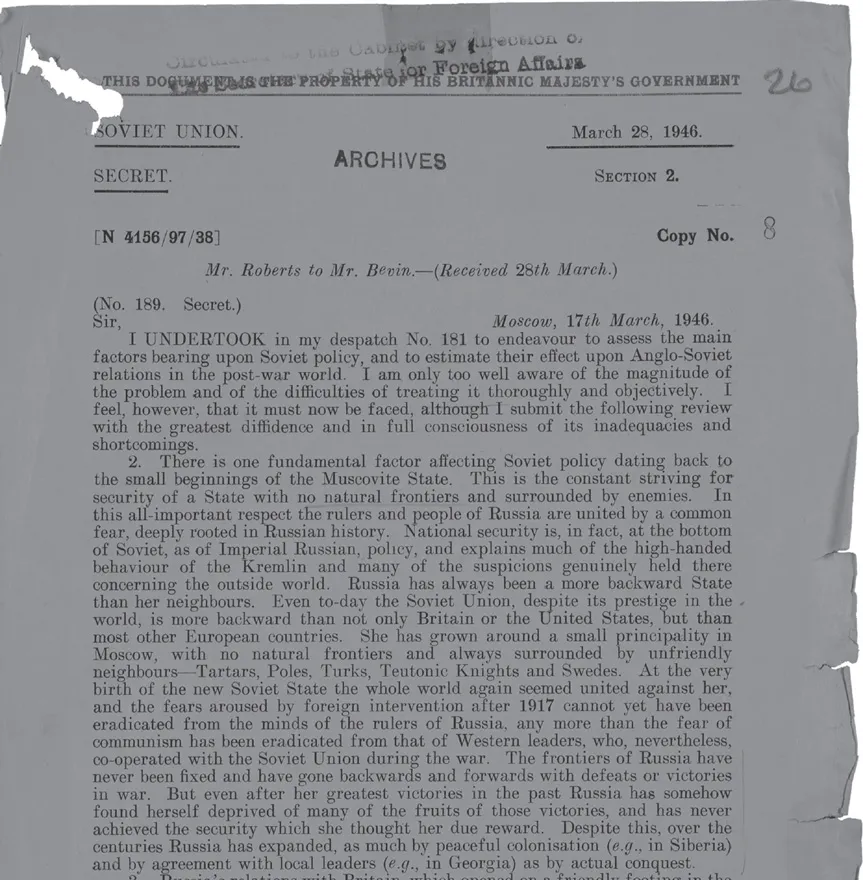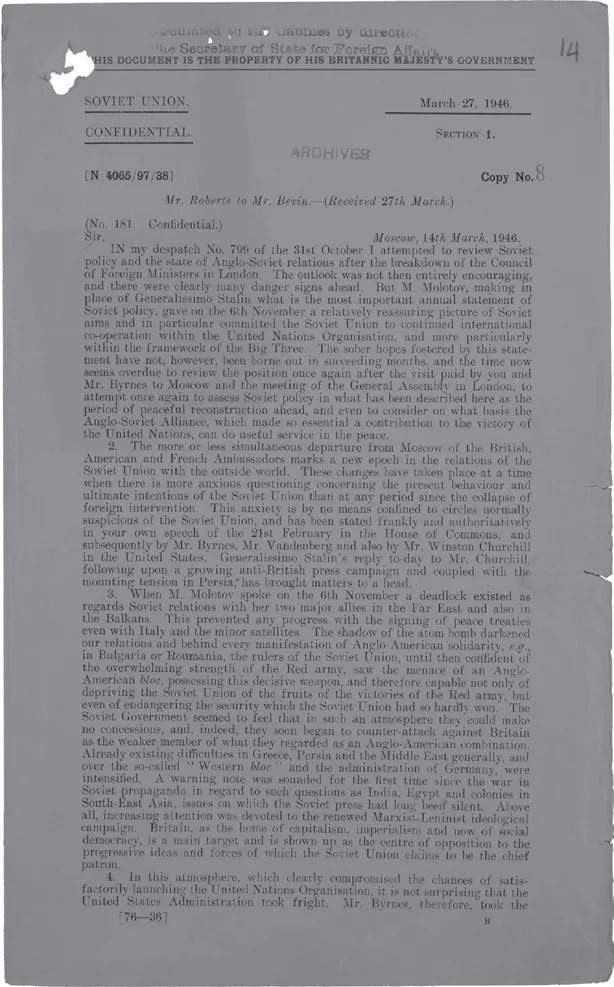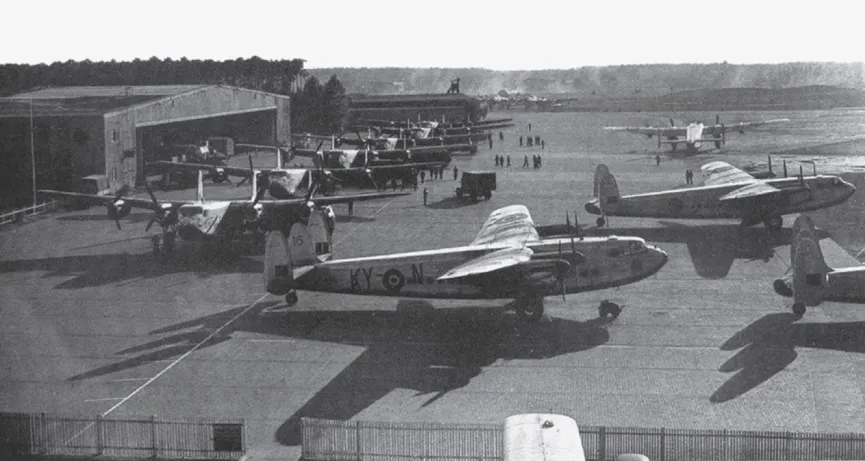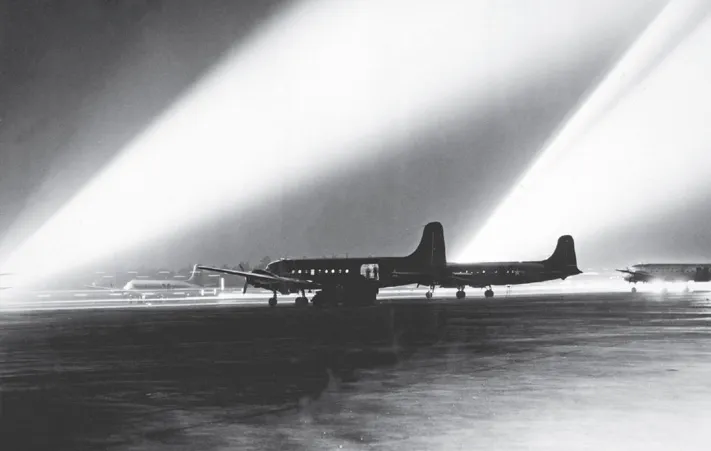![]()
CHAPTER 1
ATOMIC: NUCLEAR WEAPONS AND INTERNATIONAL RELATIONS
On 5 August 1945, the Japanese city of Hiroshima was totally destroyed by an atomic bomb dropped from a B-29 US bomber, the Enola Gay. The explosion was the climax of a top secret mission to develop the atomic bomb, known as the Manhattan Project, which had been underway since 1942. Three days later, the city of Nagasaki was obliterated in a second atomic attack. The destruction of the two cities resulted in the death of over 200,000 Japanese civilians and is widely seen as marking the end of the Second World War. Nazi Germany was defeated on 8 May 1945 with Japan announcing its surrender on 15 August 1945. The three victorious powers (the United States, Soviet Union and Britain) met at Potsdam in Germany to agree the post-war world order but soon fell out, with each country seeking to advance its own agenda. The political and destructive power of the atomic bomb heralded the beginning of a new arms race between the liberal democracies of the West led by the United States and the one party system championed by the Soviet Union and its communist allies.
Churchill, Truman and Stalin meet to negotiate terms for the end of World War II in Potsdam 26July 1945. CO 1069/892
The task of drawing up an agreed set of norms to govern the post-war world and regulate further development of nuclear energy was given to the newly formed United Nations (UN). Established in 1945 by fifty countries, the leaders of the UN had high hopes that the organization would reduce international tension and prevent future conflicts between nations spiralling into war. To maintain peace and security, the UN established a Security Council composed of five permanent members (America, Britain, China, France and the Soviet Union) with the authority to sanction peacekeeping operations, enforce international sanctions, and authorize collective military action through resolutions of the Security Council. The first session of the Security Council took place in London on 17 January 1946.The headquarters of the UN including the General Assembly building were later established in 1952 in New York, overlooking the East River.
Hiroshima after the bomb, August 1945. AIR 8/1788
To prevent the devastation of nuclear war, the UN sought to abolish the possession of atomic weapons by individual states. Future research into atomic energy would be undertaken on a collective basis by an international organization under UN control. The US agreed to dismantle its stockpile and turn over its atomic research on the condition that all other countries pledged never to produce nuclear weapons and agreed to a credible system of inspection. In response, the Soviets demanded the immediate abolition of all nuclear weapons leaving the question of verification to be agreed at a later date.The negotiations at the UN became deadlocked, with each side blaming the other. The failure of international control allowed individual countries to embark on atomic energy programmes of their own, including the development and production of nuclear weapons.
The stalemate in the UN was soon reflected in events on the ground. In Europe, rather than relinquishing its hold over Eastern European countries and allowing free elections, as agreed at the Yalta conference in 1944, the Soviets quickly installed communist regimes friendly to Moscow. Less than three years after the end of the war, Soviet style governments had assumed power in eleven European states with a combined population of over 100 million people. The speed at which the Soviets had managed to expand their political, economic and social system into Eastern Europe began to concern the western powers. The lack of food and resources in the early post war years and the continued need for rationing was exploited by the French, German and Italian communist parties who demanded radical change to the economic and political order. Strikes and industrial unrest soon spread to the major cities. There was growing concern in Washington and London that the democratic institutions of the West could soon be overwhelmed if nothing was done to improve the situation.
One of the first western leaders to recognise the potential danger was Winston Churchill, Britain’s wartime Prime Minister, who warned that an ‘iron curtain’ had descended across Europe and that the states of central and Eastern Europe were now effectively controlled by Moscow. To deter further Soviet expansion, Churchill advocated the creation of a western alliance armed with nuclear weapons. Churchill’s concern over the direction of Soviet policy confirmed earlier reports written by Frank Roberts, a senior diplomat stationed at the British embassy in Moscow. In a series a telegrams sent directly to Ernest Bevin, the Foreign Secretary, Roberts cautioned that Moscow interpreted compromise as a sign of weakness and argued that the time for one sided appeasement and concessions was over. These views echoed similar sentiments expressed by his US counterpart George Keenan, in his famous ‘long telegram’ which underpinned the policy of containment.
Yalta conference 1945: Churchill, Stalin and Roosevelt. INF 14/447
Western concerns over Soviet ambitions were further reinforced in 1948 when Soviet authorities unilaterally suspended all passenger and trade routes into West Berlin, which was still under western military control. Situated 100 miles inside the Soviet zone of occupation and surrounded by Russian troops, West Berlin was isolated and vulnerable to Soviet threats. The western allies refused to be bullied out of the city and organised an airlift to supply the besieged citizens of Berlin with food and fuel. Unwilling to provoke the West further and risk armed conflict, the Soviets backed down. To demonstrate its commitment to its western allies, the United States approved the Marshall Plan, which provided $12 billion in aid to sixteen European countries. The transfer of funds helped to rebuild the shattered economies of Western Europe, remove trade barriers and prevent the spread of communism. Moscow refused to participate and prevented its Eastern European satellites from taking part in the scheme. The events of the late 1940s convinced European leaders that the only way to maintain the balance of power in Europe was to ensure the active support of the United States. This was achieved in 1949, when the United States, Canada and Western European nations signed the North Atlantic Treaty providing collective security against aggression from the Soviet Union.
Letter from Churchill to Truman expressing concern over post-war Soviet intentions, May 1945. CAB 120/186
Text of Churchill’s Iron Curtain speech, 1946. FO 371/51624
Foreign Office despatch from Frank Roberts to Ernest Bevin. FO 371/56763
Western fears about communist expansion were compounded in 1949 when Mao Zedong declared himself the leader of the People’s Republic of China following victory of the communist forces in the Chinese civil war. The seizure of power by the Chinese communists and subsequent alliance with the Soviet Union increased calls in the West for further military spending. In June 1950, the clamour for rearmament became unstoppable: North Korean armed forces crossed the border with South Korea and sought to unify the country under communist control.The invasion was widely seen in the West as an attempt by the Soviet Union and China to place the whole of South East Asia under communist rule. The western response to the North Korean attack was both swift and resolute. American and British forces under the authority of the United Nations mounted an immediate counter-offensive and substantially increased their defence budgets. Faced with a strong military response, the North Korean forces began to retreat. The imminent defeat of the North Koreans led China to actively intervene in support of its fellow communists. The conflict soon became deadlocked with both sides eventually agreeing to an uneasy ceasefire.
Planes being unloaded during the Berlin airlift 1948. AIR 10/5067


